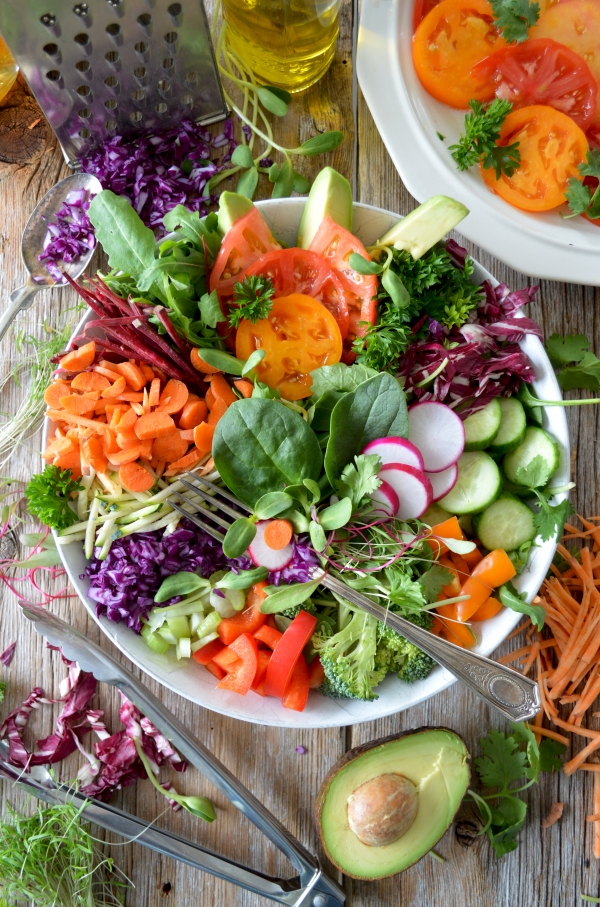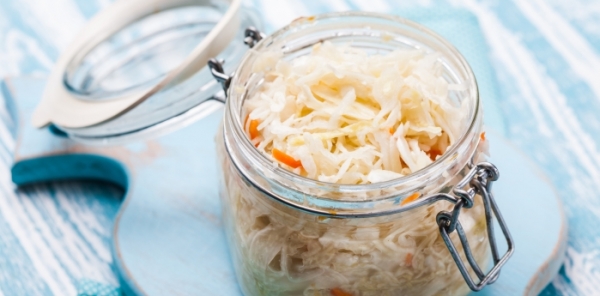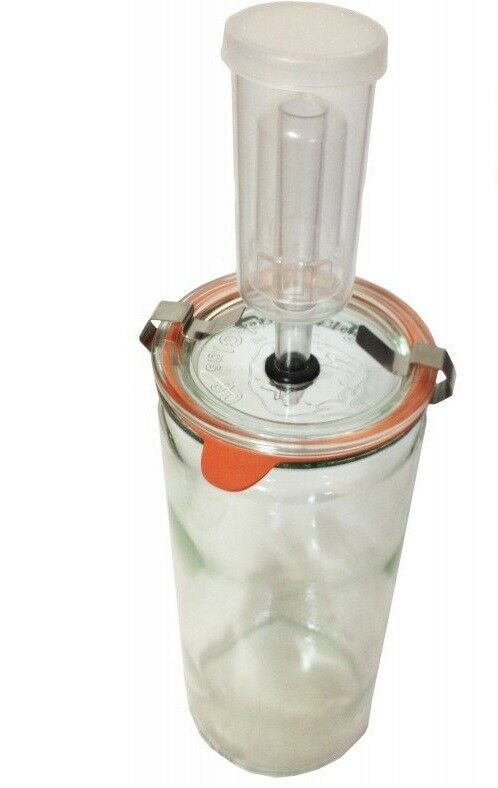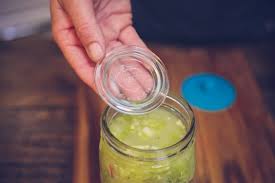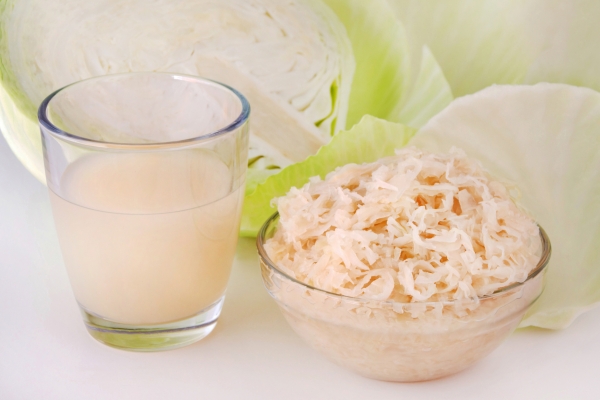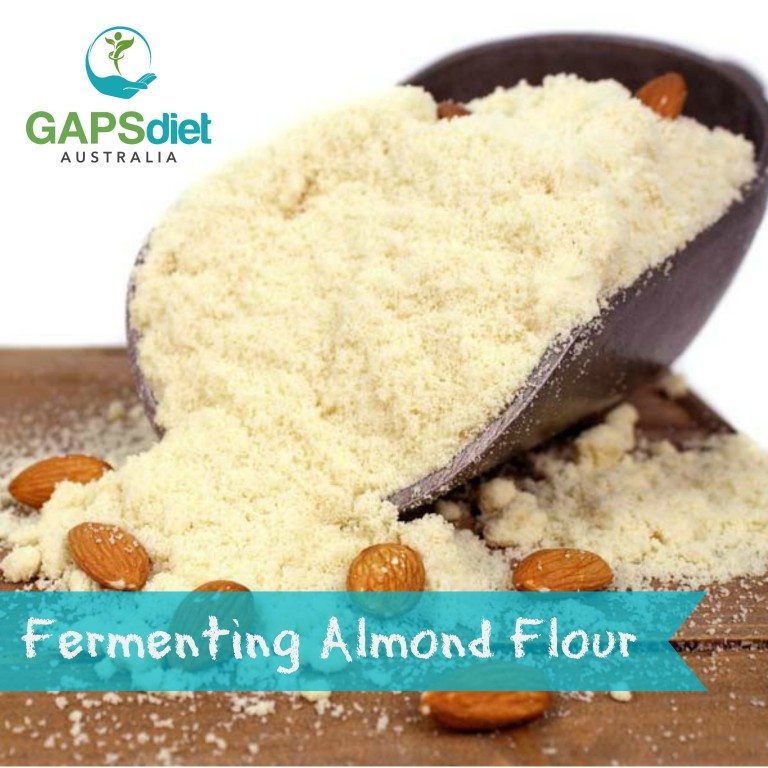Introducing Raw Vegetables in Stage 5 of the GAPS Introduction Diet Intervention instructions: Add raw vegetables starting from the following: 1. Softer parts of lettuce and cucumber 2. When the above two vegetables are well tolerated, start adding other raw vegetables such as carrot, tomato, onion, cabbage, capsicum, celery etc. Points • Refer to Clinic […]
Print Recipe
Introducing Raw Vegetables
This recipe is appropriate for the GAPS Introduction Diet from stage Five onward
Votes: 0
Rating: 0
You:
Rate this recipe!
|
|
Votes: 0
Rating: 0
You:
Rate this recipe!
|
Recipe Notes
Clinical Notes
Monitor stools: If diarrhoea returns or becomes a new concern, your patient is not ready for this food and should remain on the step prior for longer.
